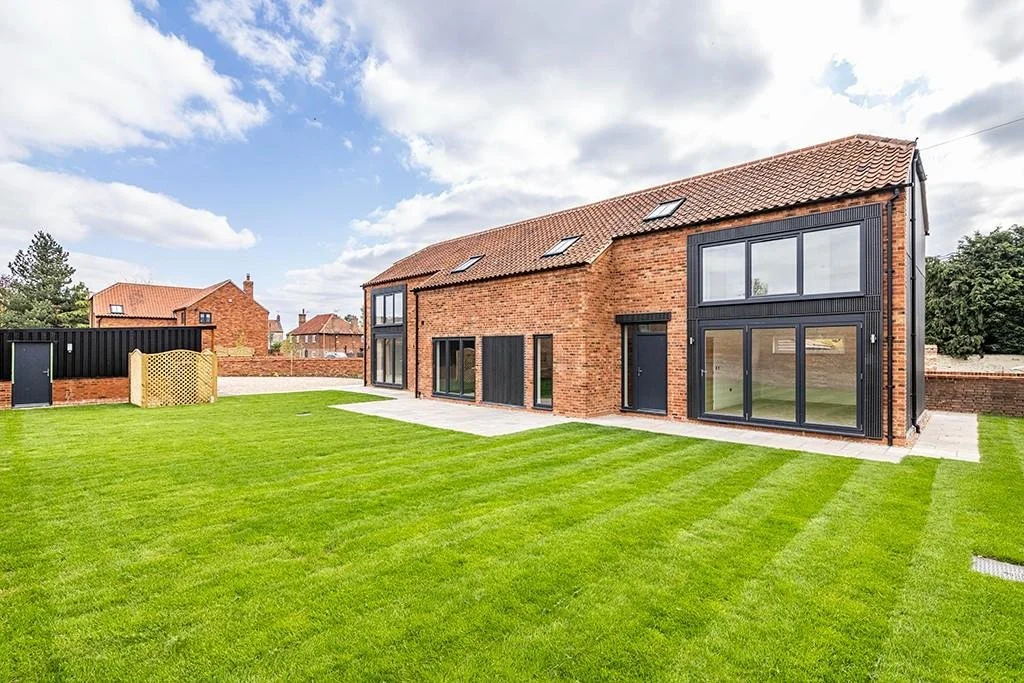Designing Residential Projects in Conservation Areas: Essential Tips for Success
Designing residential projects in conservation areas comes with its own set of challenges and opportunities. These areas are protected due to their historical or architectural significance, and new developments must respect and enhance their unique character. Here’s a comprehensive guide to help you navigate designing residential projects in conservation areas, including strategies for making a striking contrast when appropriate.
Understanding Conservation Areas
Conservation areas are designated to preserve the historical and architectural integrity of specific locations. These areas often feature notable buildings, streetscapes, and landscapes that contribute to their unique character. When planning a residential project in such a zone, it’s essential to respect this character while integrating modern needs and preferences.
Tips for Designing Residential Projects in Conservation Areas
Research the Local Context Thoroughly
Begin by studying the historical and architectural context of the conservation area. Understand the architectural styles, materials, and historical features that define the area. This knowledge will help you create a design that harmonizes with the existing environment, ensuring that new additions respect the area’s character.
Blend with Existing Structures
Aim to create residential projects that seamlessly integrate with the surrounding structures. Use traditional materials and adhere to the scale and proportions of nearby buildings. This approach respects the historical context and contributes to a cohesive visual environment.
Consider a Modern Contrast
Introducing a modern contrast can be an effective design strategy when done thoughtfully. A contemporary design can highlight the beauty of historic buildings by providing a fresh perspective. Ensure that this contrast is carefully planned to complement rather than overshadow the historic elements, creating a balanced dialogue between the old and the new.
Engage with Heritage Organizations
Collaborate with local heritage bodies early in your design process. These organizations can offer valuable feedback and guide you through regulatory requirements. Working with heritage groups shows a commitment to preserving the area’s character while ensuring that your design proposal aligns with conservation goals.
Innovate Within Conservation Constraints
Even within the limitations of conservation guidelines, there is room for creativity. Explore modern design techniques and sustainable technologies that can be incorporated in a way that respects traditional aesthetics.
Assess the Visual Impact
Evaluate how your design will appear from various viewpoints within the conservation area. Use visualisations and models to understand the impact of your project on its surroundings. This allows for adjustments to ensure that your design enhances rather than detracts from the area’s character.
Preserve and Highlight Key Features
Whenever possible, retain and emphasize the distinctive features of the existing environment. This might include preserving historical facades or architectural details. Highlighting these features can add value to your residential design and honor the area’s heritage.
Conclusion
Designing residential projects in conservation areas involves a careful balance between honoring historical significance and addressing modern needs. By understanding the local context, blending thoughtfully with existing structures, and considering modern contrasts, you can create designs that respect and enhance the area’s unique character. Following these guidelines ensures that your projects contribute positively to the preservation and enhancement of our architectural heritage, offering a respectful and innovative approach to design.
For further inspiration and practical advice on designing in conservation areas, explore resources on best practices in historical and architectural preservation. This will help you navigate the complexities of these sensitive environments and achieve successful design outcomes.
Frequently Asked Questions – Designing in Conservation Areas
-
Yes, you usually do. Even minor changes that might be permitted elsewhere may require full planning permission in a conservation area, especially if they impact the external appearance or character of the building or street.
-
Yes — but it must be done carefully. A thoughtful contrast using modern materials can work beautifully if it respects the surrounding context. We often use contemporary approaches to highlight, not compete with, historic elements.
-
Changes that ignore the scale, materials, or rhythm of existing buildings — or those that remove or alter key heritage features — are more likely to face objections. Overdevelopment, large dormers, inappropriate cladding, or poor-quality windows are frequent red flags.
-
Research the local context thoroughly
Use materials and scale that respect neighbouring buildings
Provide high-quality visualisations and a strong design narrative
Consult with local conservation officers early in the process
Highlight how the proposal will preserve or enhance the area’s character
-
Yes — sustainable design and heritage sensitivity can go hand in hand. We often integrate low-impact materials, natural ventilation, and passive solar design principles without compromising the conservation intent.
-
We understand what conservation officers look for, how to balance innovation with heritage, and how to develop a respectful planning strategy. This experience helps avoid common pitfalls and adds real value to your project.
Book a Free Consultation
Planning a project in a conservation area?
Let’s make it a success — with a strategy that balances creativity, sensitivity, and policy.
At AM2 Architects, we help clients navigate heritage constraints with clarity, care and confidence.
Book your free consultation and let’s plan your next move — together.

